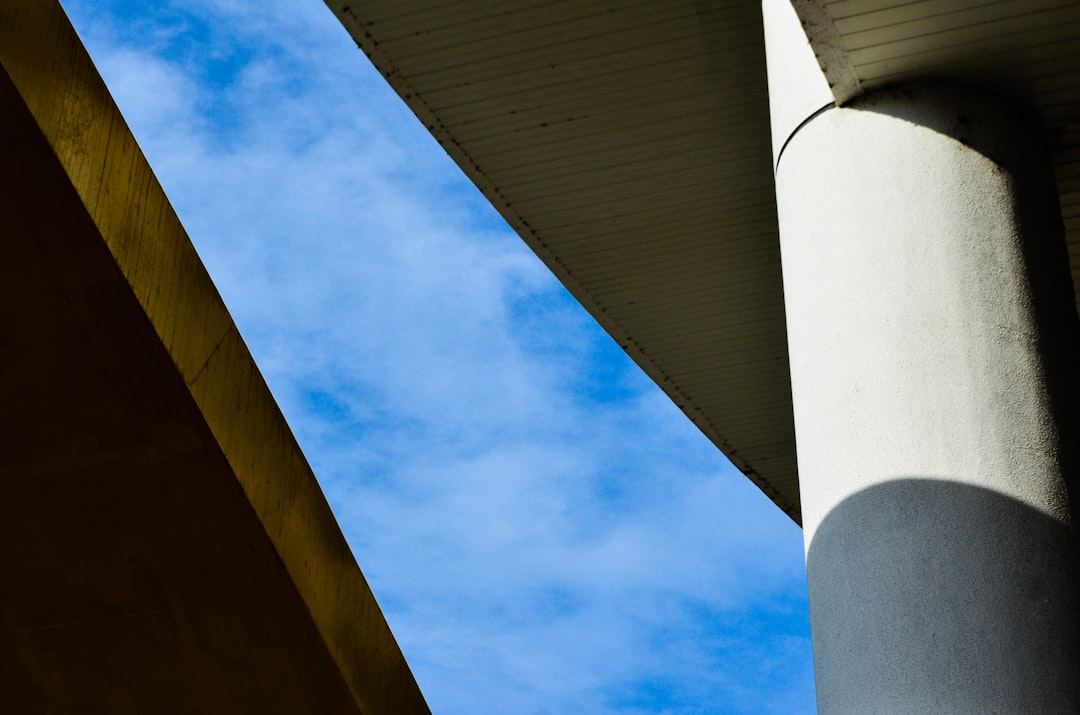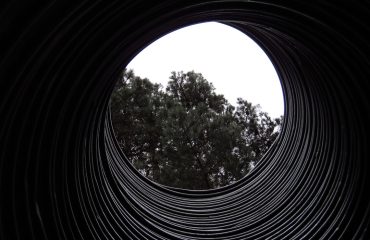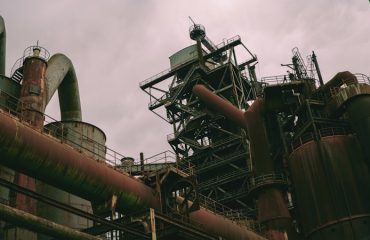body {
font-family: sans-serif;
line-height: 1.6;
}
h1, h2, h3 {
color: #333;
}
The wind energy industry is booming, driven by the urgent need for clean and renewable energy sources. While the towering blades and nacelles capture most of the attention, a crucial, often overlooked component ensures the structural integrity and operational efficiency of these colossal machines: steel profiles. These precisely engineered steel shapes play a vital role in every stage of wind turbine construction, from the foundation to the tower and beyond. This post delves into the multifaceted world of steel profiles in wind energy projects, exploring their applications, advantages, challenges, and future trends.
1. Diverse Applications of Steel Profiles in Wind Turbines
Steel profiles aren’t just one type of steel; they encompass a wide range of shapes and sizes, each tailored to specific structural needs within a wind turbine. These include:
- Tower Sections: The tower, the backbone of the wind turbine, is primarily constructed from tubular steel profiles, often with varying diameters and wall thicknesses along its height to optimize strength and weight. These profiles withstand immense forces from wind loads and the rotating nacelle.
- Nacelle Frames and Internal Structures: The nacelle, housing the gearbox, generator, and other critical components, utilizes a complex network of steel profiles to provide a robust and rigid structure. These profiles often include box sections, channels, and angles, carefully arranged to distribute stresses effectively.
- Blade Support Structures: While blades themselves may be composite materials, the internal structures and support systems within the blade often incorporate steel profiles for added strength and stiffness. These help to withstand the extreme bending moments experienced during operation.
- Foundations and Base Frames: The foundation of a wind turbine, often a concrete structure, frequently incorporates steel profiles for reinforcement and anchoring. These profiles provide stability and prevent movement under heavy loads and extreme weather conditions.
- Internal Bracing and Reinforcement: Throughout the entire wind turbine structure, steel profiles are used for bracing and reinforcement, enhancing the overall stability and load-bearing capacity.
2. Manufacturing Processes and Material Selection
The manufacturing of steel profiles for wind turbines demands high precision and quality control. Common manufacturing processes include:
- Hot-rolled sections: This process involves rolling heated steel billets into the desired shapes, creating strong and cost-effective profiles.
- Cold-formed sections: This process involves shaping cold steel using presses and dies, allowing for greater precision and complex shapes.
- Welding: Welding is crucial for joining different steel profile sections to create larger components, such as tower segments. Advanced welding techniques ensure high-quality, strong joints.
Material selection is critical. High-strength low-alloy (HSLA) steels are frequently used due to their superior strength-to-weight ratio. The specific grade of steel is chosen based on factors such as environmental conditions, expected loads, and fatigue life requirements.
3. Advantages of Using Steel Profiles in Wind Energy
Steel profiles offer several significant advantages in wind turbine construction:
- High Strength and Durability: Steel’s inherent strength allows for the creation of lightweight yet robust structures capable of withstanding extreme wind loads and environmental conditions.
- Cost-Effectiveness: Steel is a relatively inexpensive material compared to other alternatives, making it a cost-effective choice for large-scale projects.
- Recyclability: Steel is a highly recyclable material, reducing the environmental impact of wind turbine construction and disposal.
- Weldability and Formability: Steel is readily weldable and formable, allowing for the creation of complex shapes and structures with ease.
- Established Manufacturing Infrastructure: The global steel industry boasts a well-established infrastructure and supply chain, ensuring readily available materials and efficient manufacturing.
4. Challenges and Considerations in Steel Profile Application
Despite their advantages, using steel profiles in wind energy presents certain challenges:
- Corrosion: Steel is susceptible to corrosion, particularly in coastal environments. Protective coatings, such as galvanization or paint, are essential to extend the lifespan of steel profiles.
- Fatigue: Repeated cyclical loading from wind can lead to fatigue failure in steel profiles. Careful design and material selection are crucial to mitigate this risk.
- Transportation and Logistics: Transporting large and heavy steel profiles to remote wind farm locations can be challenging and expensive.
- Quality Control: Maintaining stringent quality control throughout the manufacturing and construction process is crucial to ensure the structural integrity of the wind turbine.
- Manufacturing Complexity: Creating highly complex and precise steel profiles can be technically challenging and require specialized equipment.
5. Future Trends and Innovations in Steel Profiles for Wind Energy
The wind energy industry is constantly evolving, and so too is the use of steel profiles. Future trends include:
- Advanced High-Strength Steels: The development of even stronger and lighter steel alloys will further improve the efficiency and performance of wind turbines.
- Optimized Design Techniques: Advanced computational modeling and simulation techniques are being used to optimize the design of steel profiles, minimizing weight and maximizing strength.
- Sustainable Manufacturing Practices: Increased focus on reducing the carbon footprint of steel production and promoting sustainable manufacturing practices.
- Smart Monitoring and Predictive Maintenance: Integrating sensors and monitoring systems into steel profiles to detect early signs of damage and enable predictive maintenance.
- Modular Construction: Pre-fabricating steel profile components off-site and assembling them on-site to accelerate construction and reduce costs.
In conclusion, steel profiles are integral to the success of wind energy projects. Their strength, durability, and cost-effectiveness make them an essential material in the construction of these renewable energy giants. Ongoing innovation and advancements in steel technology will continue to enhance the performance and sustainability of wind turbines for years to come.
Tags: Steel profiles, wind energy, wind turbine construction, steel structures, renewable energy




